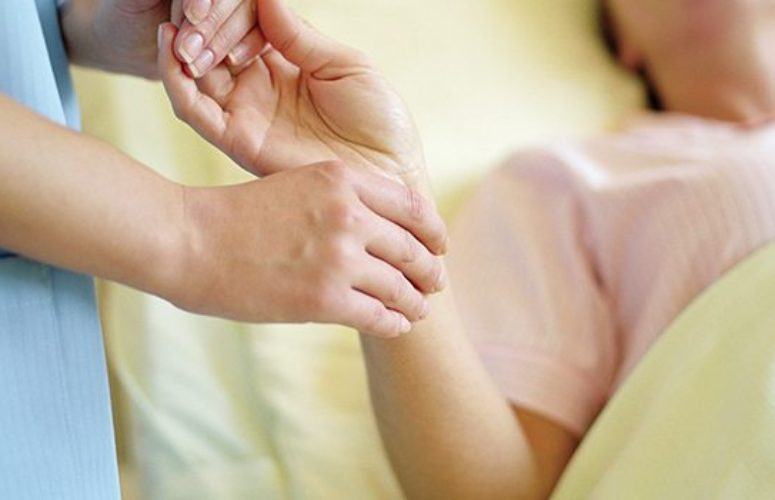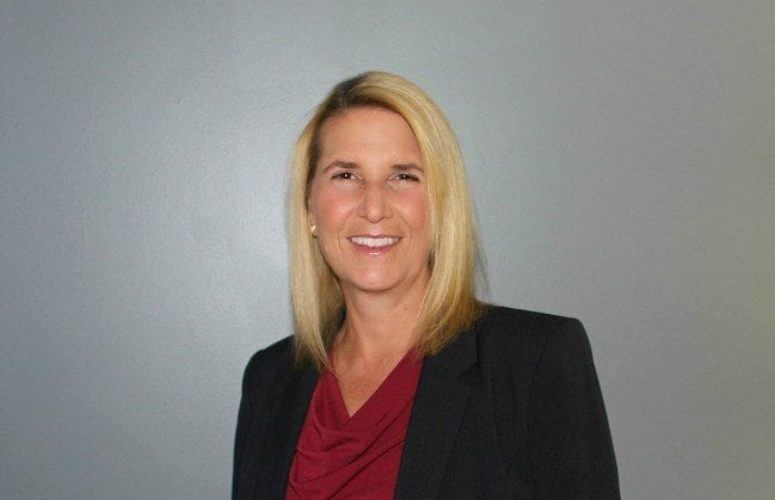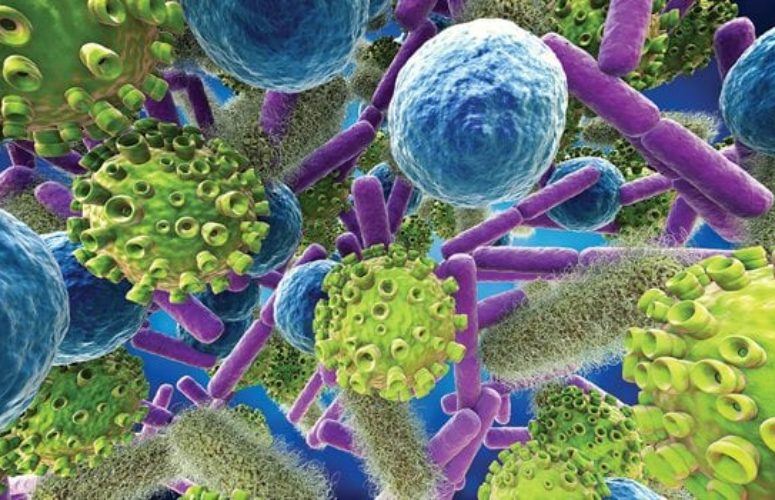
Placing a Value on New Jersey Hospitals
By Kerry McKean Kelly On Mar 30, 2016For Linda Stanton of Mullica Township, it was not how she envisioned ringing in the new year. “I started off my new year by spending New Year’s Eve in the emergency room,” recalls Stanton. “I had hurt my hand two weeks prior, and, suddenly, it just ballooned like a big turkey leg.”
But Stanton knew where to turn. She’s a longtime member of the auxiliary at AtlantiCare Regional Medical Center – Main Campus. She went to the hospital’s emergency room when her injured hand swelled up.
“I respected that group of people so much by the time I left them,” Stanton says. “I watched them handle somebody who had put their hand through a door, somebody else who was bit by a dog, someone who had the flu, and they handled each person professionally with such tender care and concern, asking questions, making sure everyone was attended to. It was wonderful.”
For Stanton, that holiday evening spent in a local emergency room showed the value that a hospital brings to its community.
Within the hospital, value is defined as care that is high in quality, low in cost, delivered efficiently in the right setting. But beyond the hospital’s four walls, how is its value measured for the people and communities it serves? Healthcare services, charity care, community programming, jobs and taxes are all part of the equation. And there are also the intangibles – the peace of mind of having access to 24/7 healthcare, the pride of having a quality healthcare facility in the community and the array of opportunities to be involved.
Dhara Patel, 23, of Edison, has seen the value of a community hospital from a variety of perspectives; she’s employed as an emergency room scribe at St. Joseph’s Regional Hospital in Paterson and volunteers at St. Peter’s University Hospital in New Brunswick.
“Before I started working (at St. Joseph’s) I didn’t know what I wanted to do, so I figured I would like to volunteer and see how it is to be in a hospital,” explains Patel.
Having experienced the hospital in both roles, she sees the special place a hospital holds in its community.
“I think it gives a sense of security, that the community knows they have a good hospital in the area,” Patel says. “(There’s) a pride that people carry within themselves, that ‘I’m from that community where we have that great established hospital.’”
New Jersey is home to 71 acute care hospitals, ranging from major academic medical centers in a large integrated healthcare system to smaller, independent community hospitals. Together, they form a comprehensive network of acute care facilities that serve 18 million people annually.
A recent report by the accounting firm EY (formerly Ernst and Young), commissioned by the New Jersey Hospital Association, quantified the contributions of the state’s hospitals. The report identified $20.3 billion in total annual economic benefits like jobs, taxes and purchases that support other businesses, along with $2.4 billion in additional community benefits like free and discounted care, community programs and medical research.
Here’s how EY breaks it down:
- Employment: New Jersey hospitals employed 140,000 people in 2013, according to EY’s data, accounting for one-third of all jobs in the important healthcare and social assistance sector. In addition to the workers directly employed by hospitals, EY finds a “ripple effect” of an additional 113,589 jobs throughout the state related to hospital suppliers (50,388 jobs) and jobs related to “employee consumption” (63,201 jobs).
- Salaries: During 2013, hospital employees in New Jersey earned $8.3 billion in wages and benefits, which generated $673.8 million in taxes. When combined with the estimated $6.9 billion income from the “ripple effect” jobs, the total impact on New Jersey incomes was $17.7 billion. All told, EY reports that each dollar of direct labor income earned by hospital employees generates $1.64 in total New Jersey income.
- Gross Domestic Product: Hospitals contributed nearly $11.4 billion to New Jersey’s gross domestic product in 2013, EY states. And the multiplier effect of hospitals’ broad impact raises that total gross domestic product contribution to $22.5 billion.
- Taxes: New Jersey’s for-profit hospitals pay local property taxes. Not-for-profit hospitals are exempt from local property taxes, but the EY report examined hospitals’ broader tax contributions. The estimated total state and local tax impact of not-for-profit hospitals was nearly $1.5 billion in 2013, reports EY. In addition, hospitals in New Jersey also supported the state government by paying two assessments: a 0.53 percent assessment on each hospital’s total operating revenue that netted the state $114 million and a separate $10-per-adjusted-admission assessment that raised about $17 million.
- Free and Discounted Healthcare Services: Hospitals provide more than $1 billion in assistance to “means-tested” populations, accounting for 5.8 percent of their total expenses, reports EY. Means-tested populations are those who qualify for support based on low income or other eligibility standards. The total includes free care provided to the uninsured through the state’s charity care program. It also reflects losses that hospitals routinely incur in caring for Medicaid beneficiaries, with the standard Medicaid payment from the government covering just 70 percent of the actual costs of care.
- Other Community Benefits: In this broad category, “other community benefits” covers an array of activities beyond actual care delivered. This category includes events like immunization clinics, health screenings, support groups and other programs that hospitals provide to members of their community. It also includes medical research and the graduate medical education programs that develop the next generation of healthcare professionals. “Other community benefits” also include in-kind contributions and monetary donations that hospitals make to municipalities. As part of the $2.4 billion in total community benefits, these “other community benefits” account for $475 million, according to EY.
Those contributions are not lost on New Jersey leaders, including the business community.
“New Jersey has an extensive network of highly acclaimed hospitals that provide excellent healthcare, give back to their communities, employ large numbers of residents and contribute significantly to the state’s overall well-being,” said Mary Beaumont, vice president for health and legal affairs for the New Jersey Business & Industry Association.
Added state Sen. Robert Singer (R-Lakewood), whose 30th legislative district includes Monmouth Medical Center Southern Campus, Barnabas Health, “These hospitals are an important part of the communities they serve, providing medical care, creating jobs and contributing to their local economies.”
Beyond the data and numbers, a local hospital provides untold additional benefits that, to quote a certain credit card commercial, could be considered “priceless.”
For Patel, volunteering at a hospital helped shape her job aspirations. For Stanton, it provided a way to connect with her community, or as she explains it, “an opportunity to participate, to have a say.”
“If our hospital had never been built … the community would not have a service or facility where they could get to quickly in an emergency,” says Stanton. “Healthcare provision to our community would seriously be lacking. Our people would be less educated, our children would be heavier and less physically active. There are a lot of areas that (our hospital) has touched.”
Related Articles:






